Memories of Home: from Libra Road to Brodick House
From the outdoor toilets and fireside tin baths of Libra Road, to the brand new high rise flats of Brodick House, Linda James (65) speaks to us about her memories of growing up beside the bustle of the Roman and her unconventional East End education.
Born in 1955, she can still recall meandering through market stalls at shopping basket height and turning the cast iron taps on to water her grandmother’s grave at Bow Cemetery, now Tower Hamlets Cemetery Park.
Many East Enders of James’ generation will remember the shared, and often intergenerational, living of Victorian three-storey terraced houses. Spouses lived with mother-in-laws and grandparents lived with grandchildren. Times were hard, money was scarce and space was cramped.
Once they were married, James’ parents, Ruby and Roy Pearson, lived with Ruby’s parents, Minnie and Ted Pruden, at 38 Libra Road. ‘They managed to get a few rooms next door at number 40, living above an elderly woman named Mrs King.’
Memories of growing up at number 40 Libra Road are described with an affection for simpler times. ‘The kitchen was tiny’, James highlights with emphasis. ‘I used to get washed in the big Belfast sink. When we were older, it was the old tin baths. We only had an outside loo. We didn’t have any central heating. The roof in my bedroom used to leak so we used to have to put a bucket down. I mean it sounds terrible, but it’s what everybody went through back then.’
The old East End community spirit is something that sparkles with sentiment in James’ memories. She lovingly recalls, ‘doors were always open and everyone would help each other out in times of struggle’.
Dreaded weekly knocks of the landlord and his rent book is something that sticks out in her mind. ‘I remember him coming. My dad had a steady job so we were ok, but some folk used to hide!’, she laughs.
Childhood days were filled with freedom. ‘It wasn’t all this stranger danger. We used to have free reign as kids. We used to go everywhere.’ School days at Roman Road Infants and George Lansbury Primary would be followed by evenings running around the fountains of Victoria Park. ‘We would be out playing out until bedtime’, she wistfully recalls.
In 1967, James’ family was moved from Libra Road as part of the council’s slum clearance programme which saw the demolition of many houses in the area. Despite having the choice to move further out to new towns like Dagenham and Becontree, James’ mother opted to stay in Bow because ‘it was all she ever knew’.
James’ descriptions of her mother, Ruby, paint a Bow woman through-and-through. Like many women in the East End at the time, she was a dressmaker by trade. ‘She bought all of the material from the stalls in the Roman. She used to make all of my clothes.’
From 40 Libra Road, James and her parents were moved into the brand new tower block of Brodick House. At the time, this was incredibly exciting. ‘The thought of having a bath that you could lie in with bubble bath!’, she remembers thinking.
Utopian visions of cleanliness and cityscape views were soon tainted by the reality of faulty lifts and isolation. The community spirit that seeped into the bricks of Libra Road was suddenly gone. ‘We had a small balcony but no garden or yard anymore. You were trapped inside. We didn’t see our neighbours.’
The move to Brodick House came with the move to a new school. Passing her 11 plus meant that she was accepted to Coborn Grammar School for Girls on Bow Road. Carefree evenings of playing out on the streets soon became the monotonous task of trudging through piles of homework.
Whilst being grateful for a ‘brilliant’ education, James realised that she was an ‘oddity’. She was one of only a handful of Bow girls in her year group of 90 pupils. ‘Many of the students were well-off girls from Essex. When we walked out of the gates, I’d turn round and go up Coborn Street to head back towards Roman Road. All the rest of the class would either turn left to go to Bow Road Station or turn right to go to Mile End Station.’
Bright red berets in the winter, and straw panama hats in the summer, made James stand out. ‘I did feel slightly ostracized’, she reflects. Inside the school gates she felt like a ‘street urchin’, and outside of them she was called a ‘Coborn Snob’.
‘It was very strict’, she remembers. Weekly elocution lessons soon mellowed her Cockney accent by forcefully substituting her ‘Fs’ for ‘Ths’. ‘It was the 60s so mini skirts were coming into fashion, and we were wearing skirts that went below our knees. I remember having to kneel down in the school hall to see if our skirts touched the floor. We used to roll them up above our waists.’
Looking back on the deep-rooted working class community, it’s difficult for James to comprehend the gentrification of the area in recent years. ‘I don’t think the middle class had been invented in our neck of the woods at that point’.
‘What I used to call the Isle of Dogs and Millwall became Canary Wharf and all of these million pound properties. I couldn’t believe it. When I see all of these houses in gated communities that have been restored and are selling for crazy sort of money, I just remember back to what it used to be.’
Having lived in Scotland for many years, James wonders how much she would recognise those once familiar streets today. ‘I was hoping to do what I call my ‘bucket list tour’ back to Bow last summer. I’d love to go to Vicky Park and see if I can find some of the old memories. Hopefully when normality returns I can reschedule.’
As our conversation comes to an end, she utters ‘have a plate of pie and mash for me’ with jovial resentment. G.Kelly seems to be the thing she misses most of all.
You can take the girl out of the East End…
If you enjoyed this article, you may want to read another piece from our ‘This is Home’ collection.
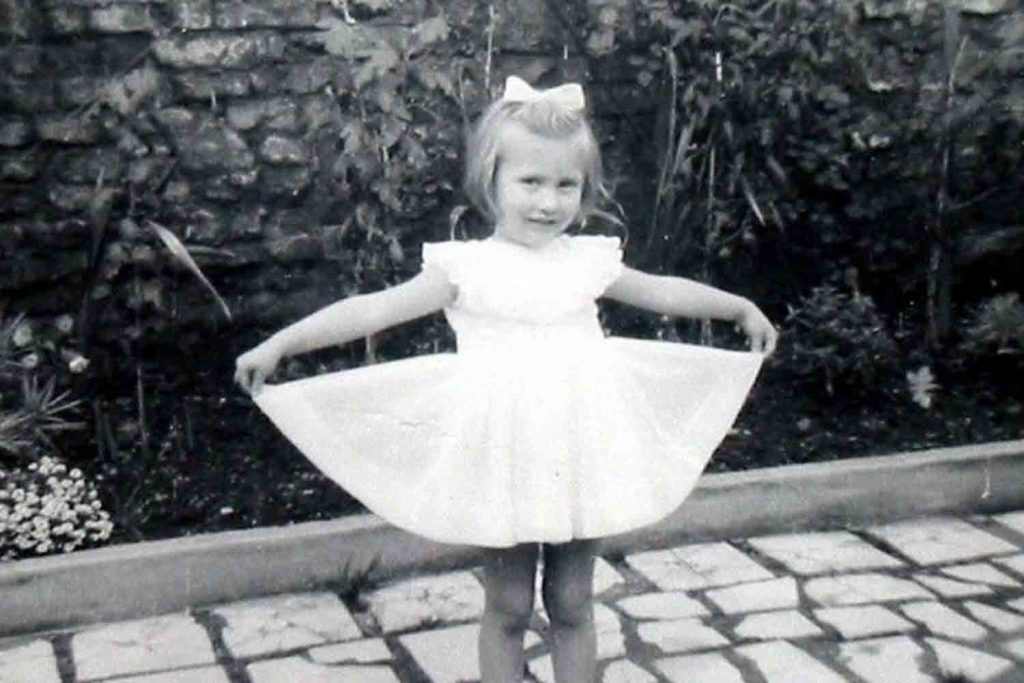
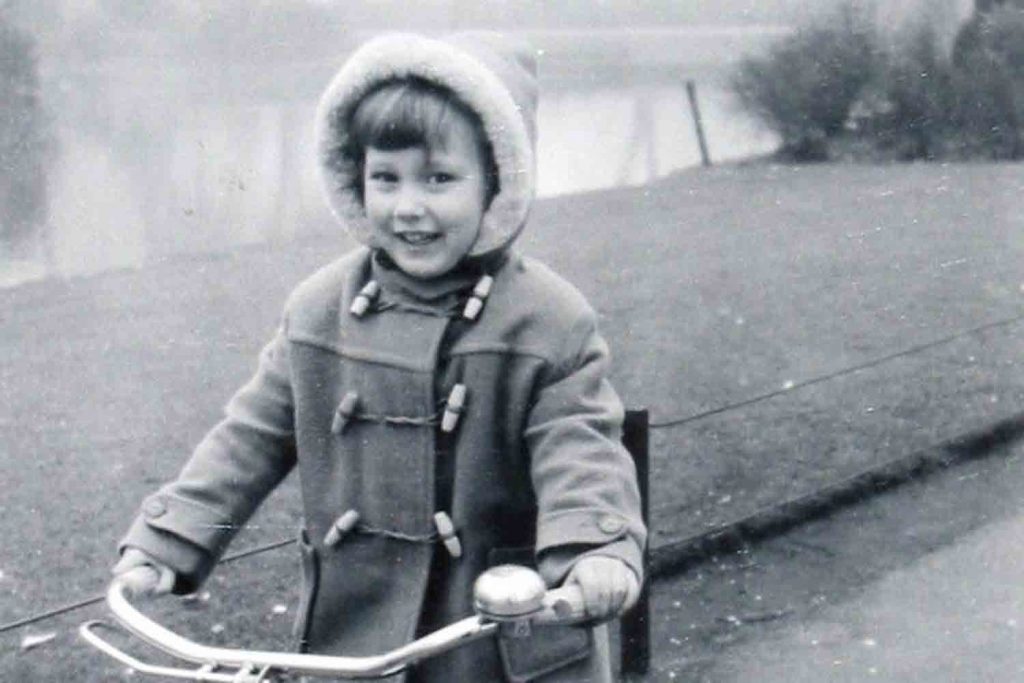
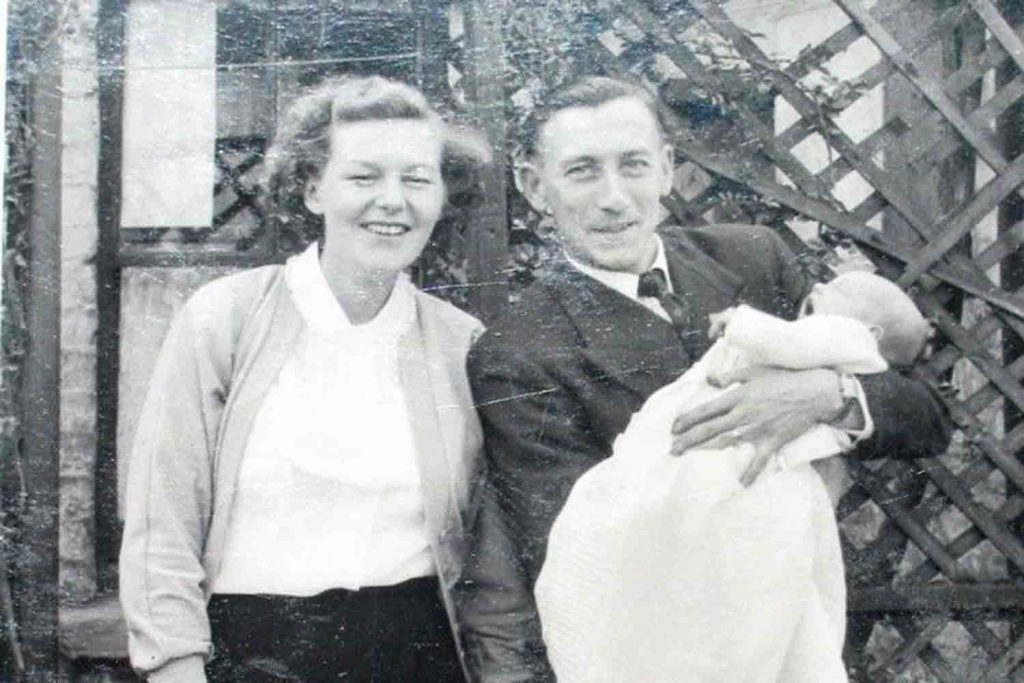
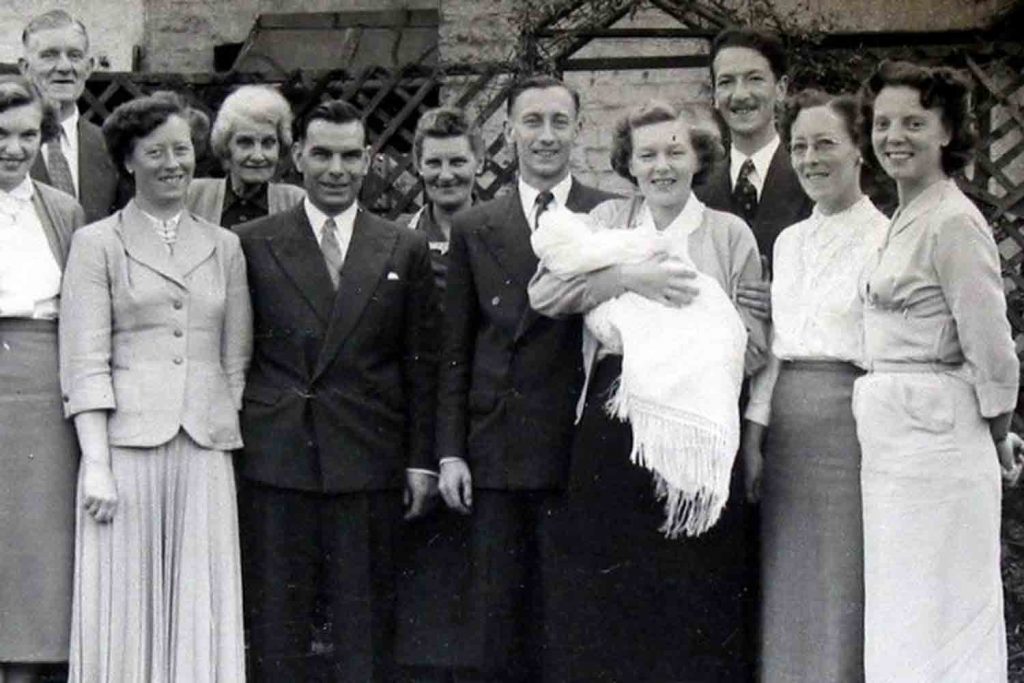
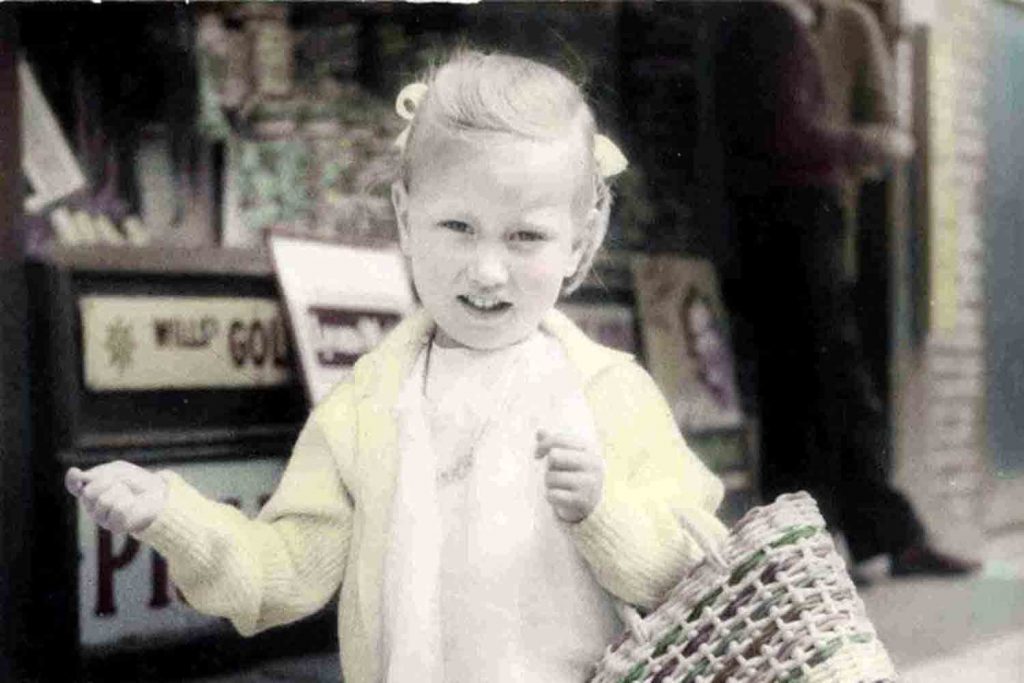
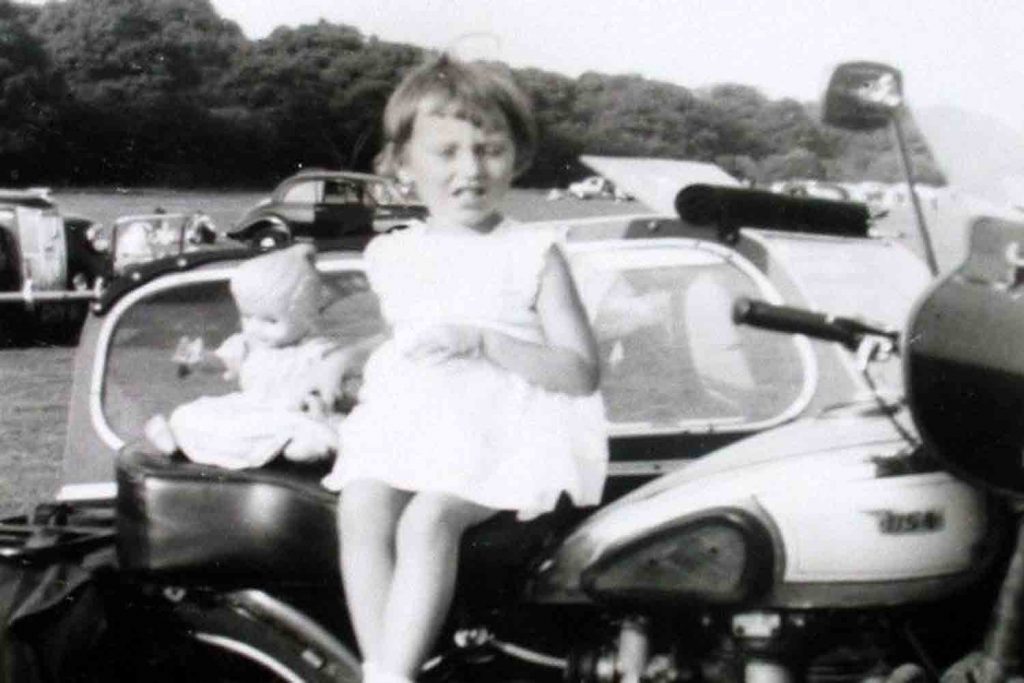
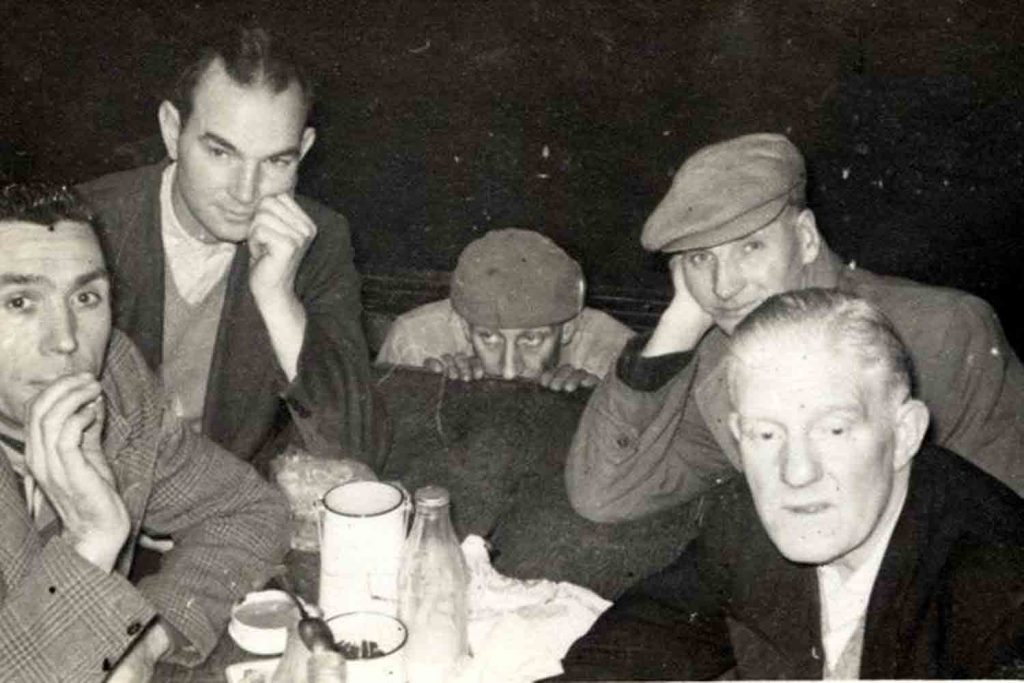
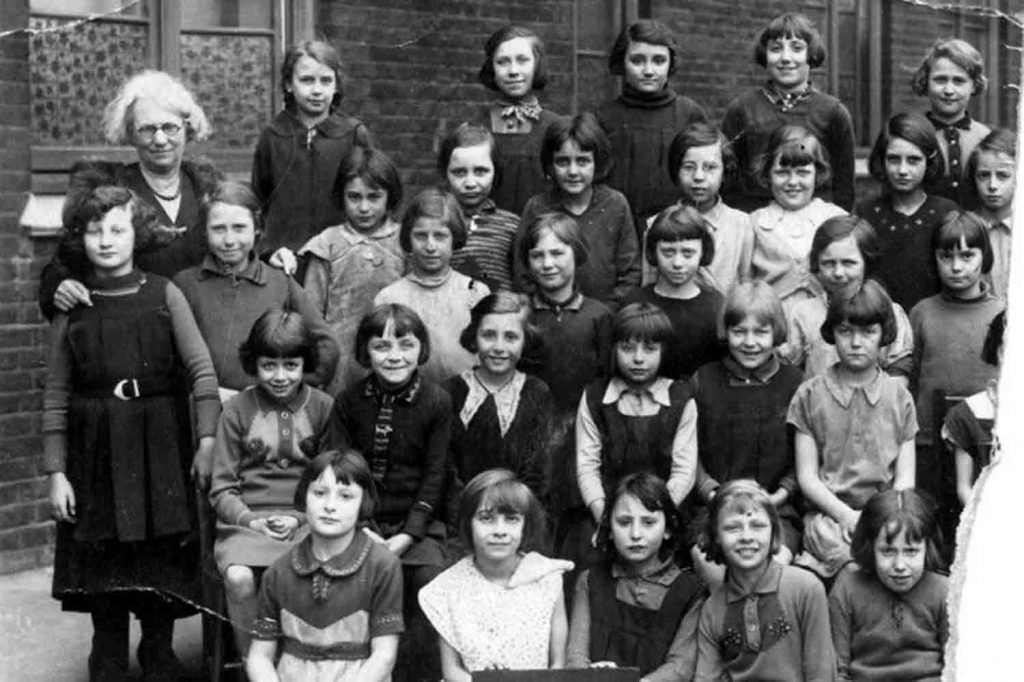
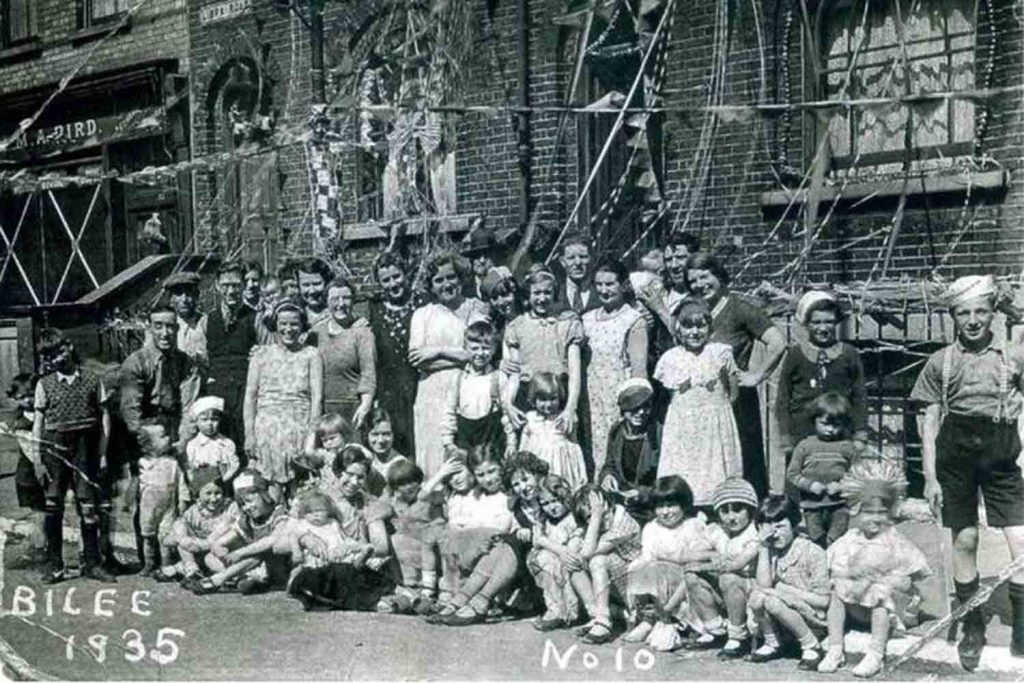

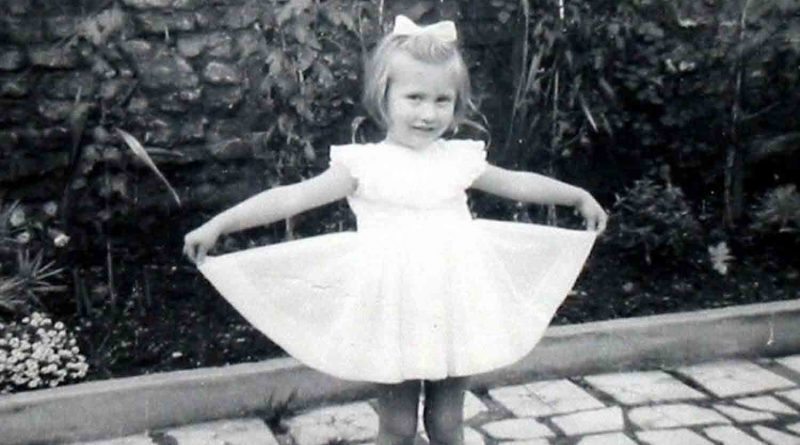

Takes me back – I went to school with Linda and lived at number 36. Small world!
Jackie do you know of a boy adopted by the King family on Libra Road? He was born in October 1955 and adopted aged about 18 months. Possibly called Peter?
Is there anyone who lived at Libra road in the 30s and remembers a man called Leo Peat or The Hemmings family i know its a longshot